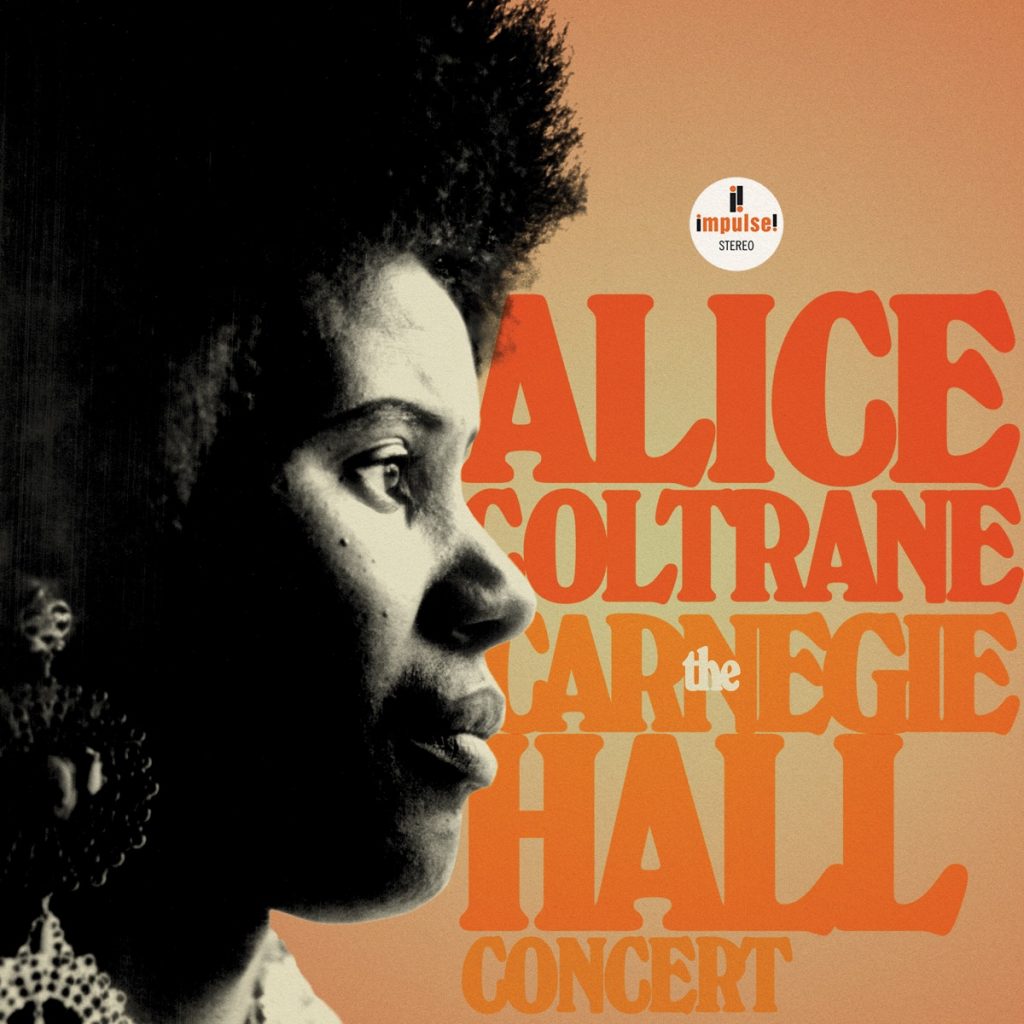[ad_1]

The Carnegie Corridor Live performance inaugurates The 12 months Of Alice, a sequence of concert events, displays and publications celebrating the legacy of musician, composer and non secular eminence Alice Coltrane. The occasion doesn’t line up neatly with any explicit anniversary. Coltrane, who was often known as Swamini Turiyasangitananda, was born in 1937 and died in 2007, and the live performance recording into account befell in 1971. However the timing acknowledges the enduring curiosity in her life’s work and the rising recognition of the singularity of her music.
1971 was a great yr for Coltrane. She had come out of a time of profound grief following the deaths of each her husband, saxophonist John Coltrane, and her brother, bassist Ernie Farrow. Her affiliation with guru Swami Satchidananda had helped her to realize a state of private readability and enterprise stability, and her music was progressing from power to power as she added the live performance harp to her piano enjoying and honed her abilities as a composer whose aspirations more and more reached past jazz.
In February of that yr, Coltrane, together with singer Laura Nyro and rock band the Rascals (each followers of Satchidananda), held a profit live performance at Carnegie Corridor for his or her instructor’s Integral Yoga Institute. For the event, Coltrane assembled an ensemble whose stylistic background and doubled instrumentation enabled her to specific the breadth of her musical conception. Backing her was the double jazz trio of bassists Jimmy Garrison and Cecil McBee, drummers Ed Blackwell and Clifford Jarvis and saxophonists Archie Shepp and Pharoah Sanders. (Sanders additionally performed flutes.) Additionally available had been Kumar Kramer and Tulsi, on harmonium and tambura, respectively, which offered a grounding drone just like that heard in Indian classical music.
Producer Ed Michel relates within the album’s voluminous liner notes a sequence of challenges, together with surly stagehands and a microphone scarcity, that affected the recording. The sound is consequently a tad distant, with the drone devices underrepresented within the combine. If the album had been accomplished on the time, there might need been an effort made to repair their faintness with overdubs, however as a substitute, the document firm filed the tapes away, the place they spent the following half century awaiting a reliable launch. Their look now continues a apply of Impulse! issuing of missed classes that embrace John Coltrane’s Blue World and Each Instructions At As soon as.
The music on The Carnegie Corridor Live performance, nevertheless, simply rises above the minor sonic blemishes. The double album (each CD and LP are so break up, though the complete efficiency lasts 78 minutes) is split into two of Alice’s compositions (on which she performs harp) and two extra that had been initially composed by John. “Journey In Satchidananda” reveals the deserves of the doubled instrumentation. The basses don’t simply present a vamp, they exert a fancy presence that attracts the listener right into a reflective state. On “Shiva-Loka,” the drums sustain a different, percolating rhythm. Crusing over these foundations, Sanders’ overblown flute and Shepp’s craving soprano sax take turns weaving via the stately, billowing harp on “Journey In Satchidananda,” establishing a vibe that’s each bluesy and meditative. The harp is much more of a balm on “Shiva-Loka,” its iridescent patterns balancing the soprano saxophone’s craving tones.
The performances on the second disc conjure the supernova energies that the Coltranes had unleashed again within the mid-Sixties. “Africa” is epic, with wave upon wave of percussion crashing towards Alice’s stalwart piano and the sequential roaring of the 2 tenor saxophonists. “Leo” is much more intense. As a substitute of string solos, it erupts with an ensemble explosion of layered, monumental sound. Then the saxophonists desist, and Alice’s piano achieves escape velocity, tracing fiery streaks throughout the rhythmic firmament. Not solely does this music recall what John and Alice had been doing between 1965 and 1967, it equals it. [Impulse!]
—Invoice Meyer
[ad_2]




